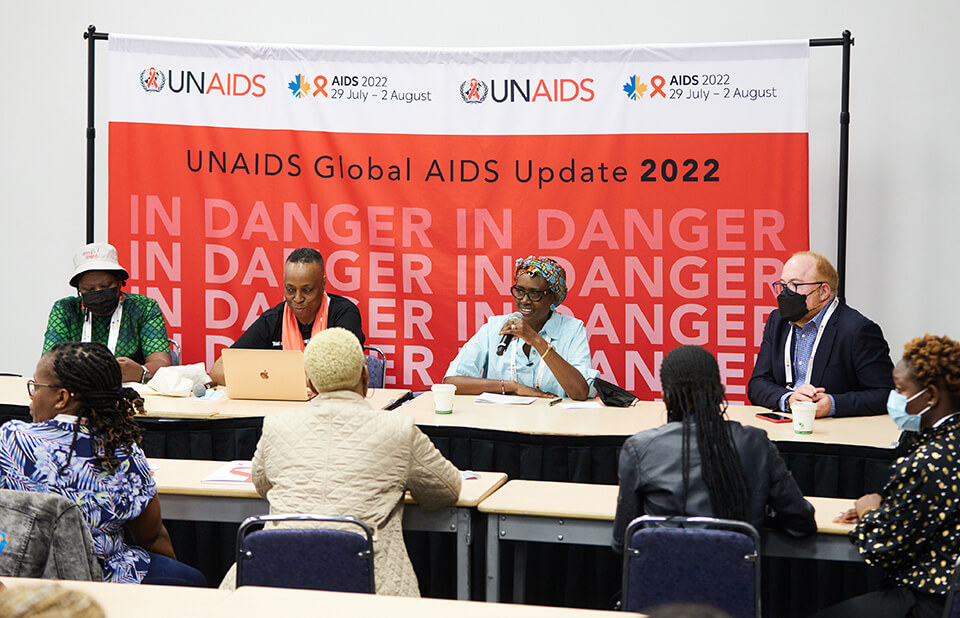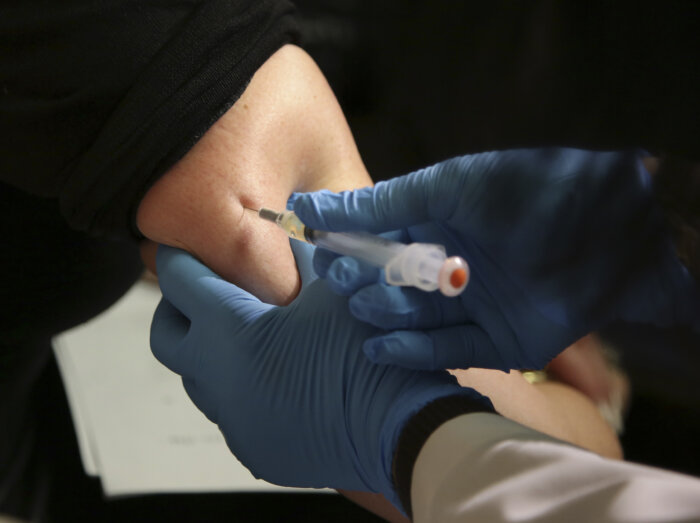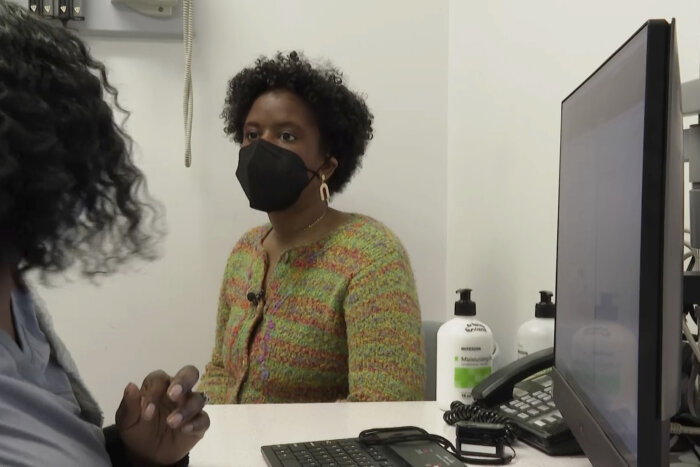A United Nations report is warning that progress in the global fight against HIV/AIDS has slowed as of late in the midst of the ongoing COVID-19 pandemic and emerging financial constraints in lower-income and middle-income countries.
The Joint United Nations Programme on HIV/AIDS (UNAIDS) report, entitled “IN DANGER,” highlighted concerning trends across HIV/AIDS prevention, testing, treatment, deaths, and cases in different parts of the world.
An additional 1.47 million people were on HIV treatment in 2021, which was disappointing compared to previous years when there were more than two million new people on treatment. It was the smallest increase since 2009.
Some of the more worrying areas in that regard were eastern and southern Africa, which saw a lower increase in the number of people on HIV treatment than in previous years. Those regions also conducted fewer HIV tests in 2020 and 2021 than in 2019.
An average of 4,000 people per day were infected with HIV in 2021, which would translate to 1.2 million new infections annually by 2025, the report noted.
“That’s 4,000 people who will need to be tested, started on treatment, avoid infecting their partners, and stay on treatment for the rest of their lives,” Mary Mahy, who spearheads the UNAIDS epidemiology team. “It also translates to 1,800 deaths every day due to AIDS, or one death every minute.”
The 4,000 infections per day means the world is on track to exceed the 2025 target of 370,000 new infections for the year. Eastern Europe, Central Asia, the Middle East, North Africa and Latin America have had increases in HIV infections annually during the last decade. The Caribbean and west and central Africa saw decreases in annual HIV infections between 2020 and 2021.
Among those who were newly infected in 2021, 25% were clients of sex workers and sex partners of key populations, 21% were gay men and other men who have sex with men, 12% were sex workers, 10% were people who inject drugs, and 2 percent were transgender women, the UN reported. The “remaining population” made up the other 30%.
Girls and young women have been disproportionately impacted in the global HIV/AIDS landscape during the COVID-19 pandemic. The report noted that millions of girls missed time in school, saw increases in teenage pregnancy rates, experienced gender-based violence, and lost access to necessary HIV treatment and prevention services. Teen girls and young women are three times more likely than boys and young men to contract HIV in sub-Saharan Africa.
There were 650,000 people who died of HIV/AIDS-related causes in 2021. Disruptions due to COVID-19 also led to the first increase in tuberculosis-related deaths between 2019 and 2020 — the first such increase since 2006. It is estimated that 214,000 people living with HIV died of tuberculosis in 2020, which represented a 63% drop from 2010 — below the 80% goal set for 2025. The biggest drops in tuberculosis-related deaths were seen in Ethiopia, India, Malawi, South Africa, Tanzania, Thailand, Eswatini, and Kenya.
Complicating the effort to address these issues is the precarious state of funding for HIV/AIDS. Domestic funding among low and middle-income countries has fallen in back-to-back years, with a 2% drop seen in 2021, according to the report. While some countries are instead redirecting funding to other global incidents like the war in Ukraine, other nations are focusing on paying off national debt. More than 50 countries, which combined have 43% of people living with HIV, are expected to decrease their public spending through 2026, the report said.
“It is still possible for leaders to get the response back on track to end AIDS by 2030,” UNAIDS executive director Winnie Byanyima said in a written statement. “Ending AIDS will cost much less money than not ending AIDS. Importantly, actions needed to end AIDS will also better prepare the world to protect itself against the threats of future pandemics.”
This article first appeared in our sister publication, Gay City News.
































